|
Rotherham is a town in
South Yorkshire, England. It
lies on the
River Don, at its confluence with the
River Rother, between
Sheffield and Doncaster.
Rotherham, at 6 miles (10 km) from
Sheffield City
Centre, is surrounded by several smaller settlements, which together form
the wider
Metropolitan Borough of Rotherham. According to the
2001 Census the population of Rotherham is 117,262.
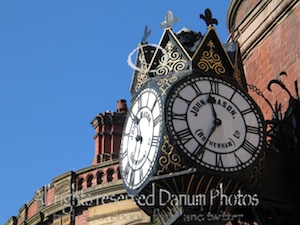
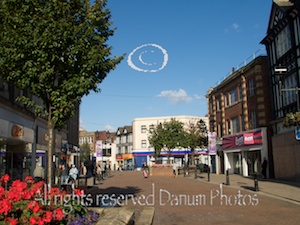
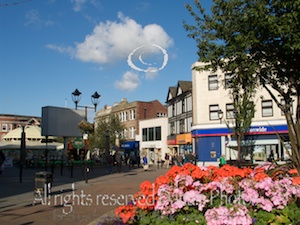
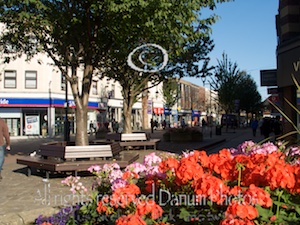
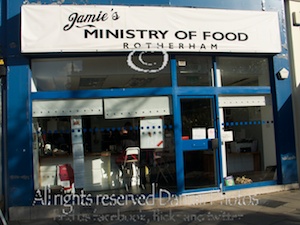
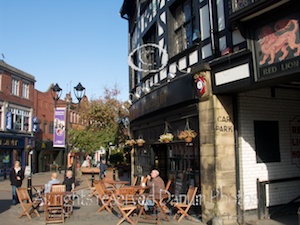
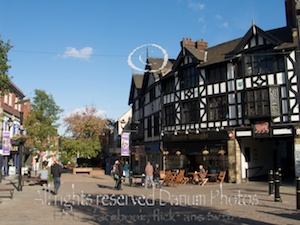
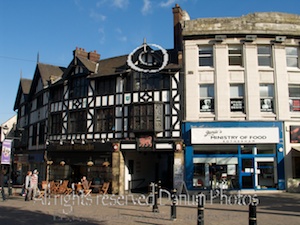
The region had been exploited for iron since Roman times, but it was coal
that first brought the Industrial Revolution to Rotherham. Exploitation of the
coal seams was the driving force behind the improvements to navigation on the
River Don, which eventually formed the Sheffield and South Yorkshire Navigation.
Rotherham iron was very highly regarded for its strength. Iron, and later steel,
became the principal industry in Rotherham, surviving into the 20th century. The
Walker family built an iron and steel empire in the 18th century, their
foundries producing high quality cannon, including some for H.M.S. Victory, and
cast iron bridges, one of which was commissioned by Thomas Paine.
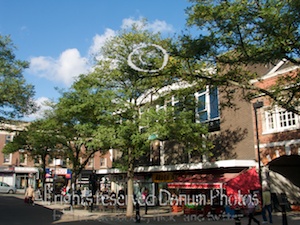
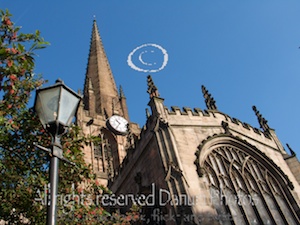
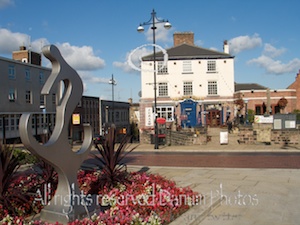
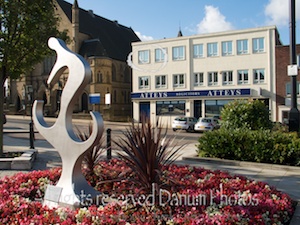

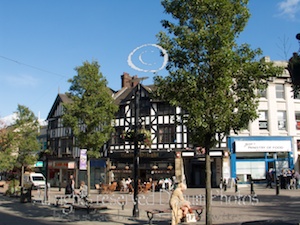
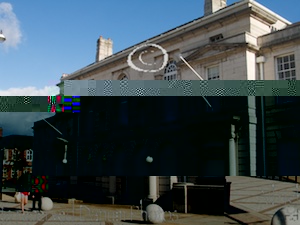
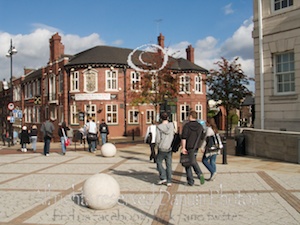
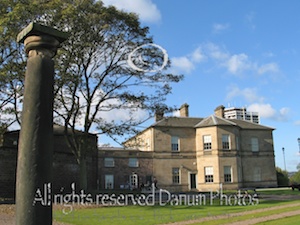
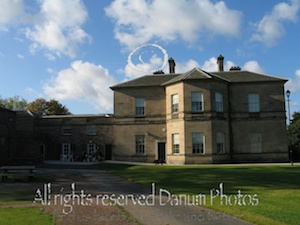
Clifton Park and Museum
Clifton House built in the 18th century houses
Clifton Park Museum.

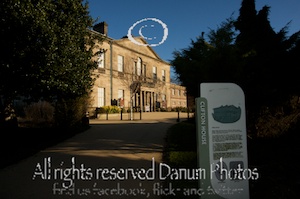

 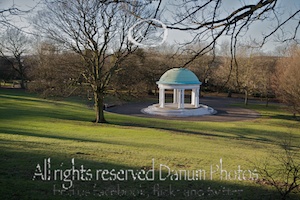
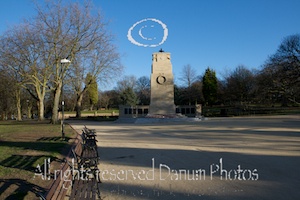
The remains of the 16th century College of Jesus are in the town centre.
Boston Castle, in the grounds of Boston Park, was built as a hunting lodge by
Thomas, 3rd Earl of
Effingham between 1773 and 1774 to mark his opposition to British attempts
to crush the
American War of Independence. It is named after
Boston, Massachusetts, the scene of the
Boston Tea Party.
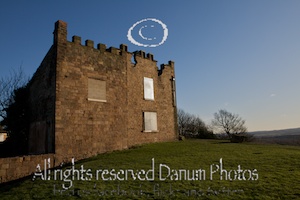

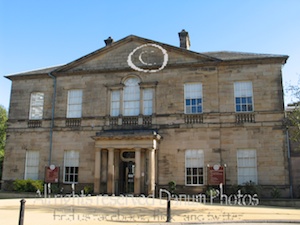
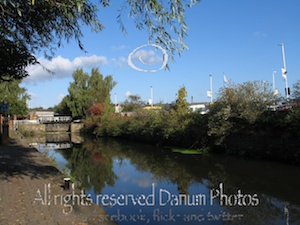
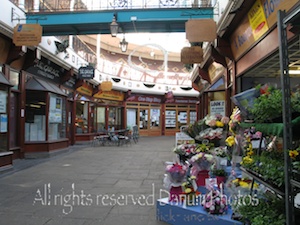
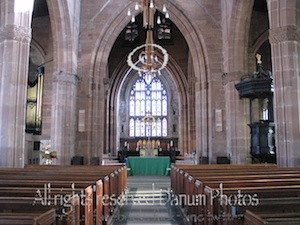
All Saints Church
Rotherham Minster in All Saints Square dates from the 15th century and
includes parts from earlier Saxon and Norman structures. It was described by
Pevsner as "the best perpendicular church in the country", and by Simon Jenkins
as "the best work in the county".
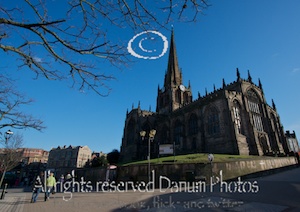
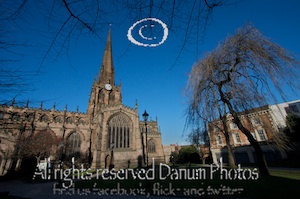
Chapel on the Bridge
Close to the town centre is the 15th century
Chapel of Our Lady of Rotherham Bridge (or "Chapel on the Bridge"), beside
Chantry Bridge (a road bridge opened in the 1930s). It is one of four
surviving bridge chapels in the country. The chapel was restored in 1923, having
been used as the town jail and a
tobacconist's shop.

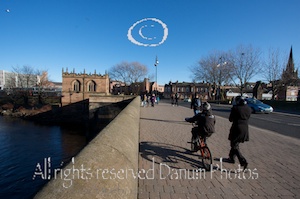
|